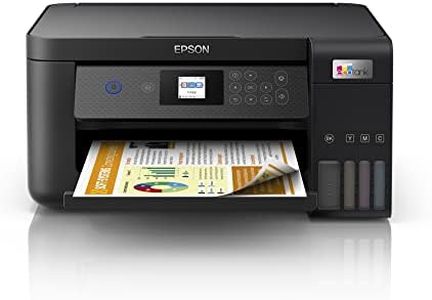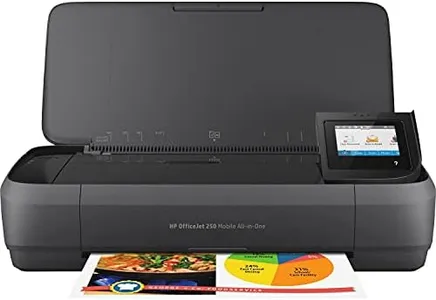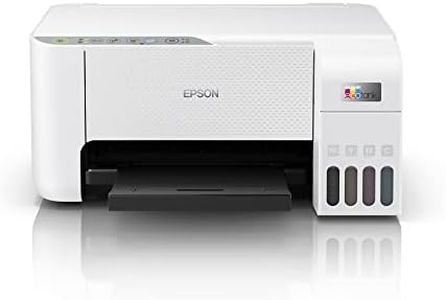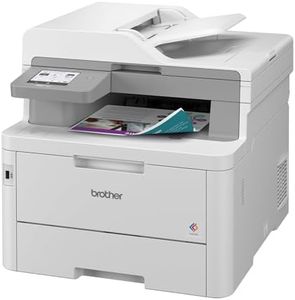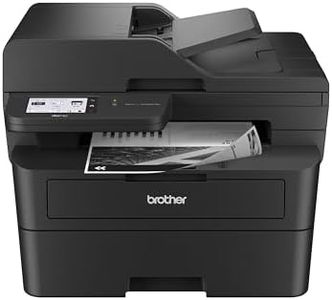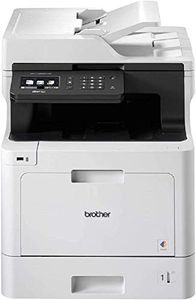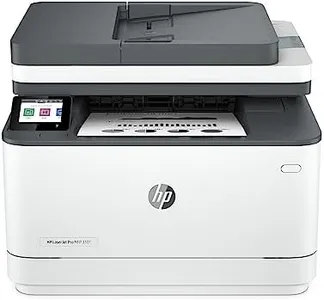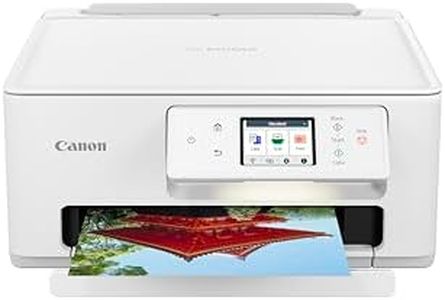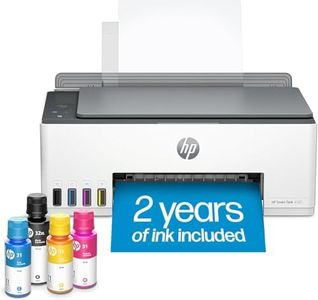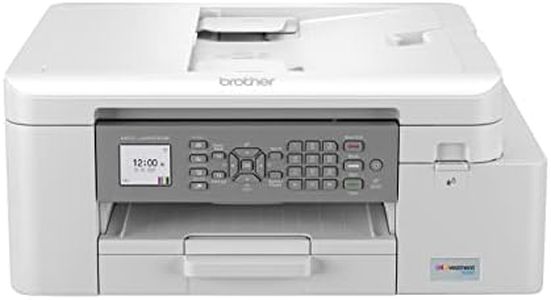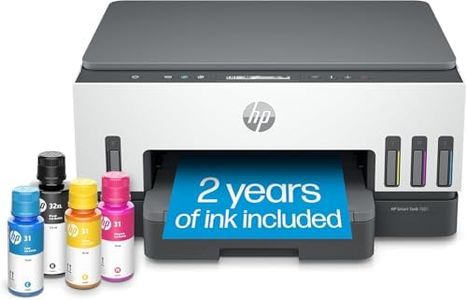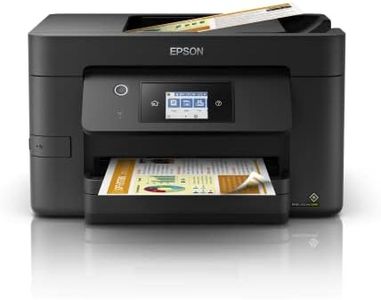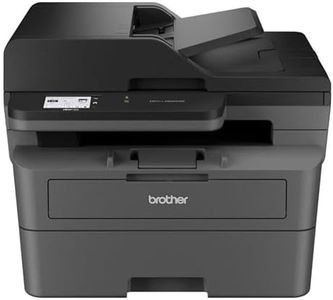We Use CookiesWe use cookies to enhance the security, performance,
functionality and for analytical and promotional activities. By continuing to browse this site you
are agreeing to our privacy policy
10 Best Printer Scanner For Macs
From leading brands and best sellers available on the web.Buying Guide for the Best Printer Scanner For Macs
Choosing a printer-scanner for Mac involves understanding your specific needs and making sure the device you pick is compatible with your Apple devices. Focus on how you plan to use the printer-scanner—whether for home, school, or office—and consider if you'll be printing mostly documents, photos, or a mix of both. Compatibility with Mac is important, but most printers today offer good support through AirPrint or dedicated drivers. Think about the features you'll actually use so you can focus your search and end up with a machine that fits smoothly into your daily routine.Compatibility with macOSCompatibility means ensuring the printer-scanner works easily with your Mac computer. Look for models that support Apple AirPrint or have downloadable drivers for macOS. AirPrint allows you to print or scan from your Mac without installing extra software, making everyday tasks much simpler. For the smoothest experience, choose a machine that clearly states support for AirPrint or has macOS-specific drivers mentioned. If you often update to the latest macOS versions, pick a printer-scanner from a well-known brand that keeps its software updated so you avoid future issues.
Printing Technology (Inkjet vs Laser)Printing technology refers to how the printer creates images or text. Inkjet printers use liquid ink, are usually better for photos and color-rich documents, and tend to be more compact. Laser printers use toner (powder) and excel at printing large volumes of text quickly and sharply, making them a good choice if you mostly print documents. If you print lots of photos or need versatile color printing, look at inkjets. If efficiency and crisp black-and-white pages are your priority, laser models are better suited for you.
Print and Scan ResolutionResolution, measured in dots per inch (DPI), affects how sharp and clear your printed documents and scanned images appear. Higher DPI numbers mean more detail. For basic text and everyday scanning, a standard resolution is enough—think of ranges like 600x600 DPI. If you're printing detailed images or scanning photos you want to archive, look for higher resolutions, such as 1200x1200 DPI or more. Choose higher resolution only if you need extra detail in your work; otherwise, you'll do fine with standard settings for simple use.
Connectivity OptionsConnectivity determines how you send print and scan jobs to the device. Most devices offer USB connections, but Wi-Fi is especially useful for Mac users, as it enables wireless printing and scanning from multiple Apple devices in your home or office. Some models also support Bluetooth or direct mobile device printing. If you value flexibility and want to print from iPhones or iPads, prioritize wireless options such as AirPrint. If you're setting up a shared office device, look for models with both wired and wireless connectivity to accommodate more users.
Multifunction Features (Copy, Fax, Duplex Printing)Many printer-scanners offer more than just basic print and scan capabilities; some include copying, fax, and duplex (double-sided) printing. Copy and scan functions are almost always included, but if you need to send faxes or want to save paper with automatic double-sided printing, check that these features are available. Pick a machine with only the functions you’ll use—if you don’t need faxing, there’s no reason to complicate your setup with it. Duplex printing is handy for high-volume users who want to reduce paper consumption.
Size and DesignSize and design matter because they affect how easily the device fits into your workspace. Compact printers are good for small desks or home offices with limited space, while larger models may offer more features but take up more room. Think about where the printer-scanner will sit and measure your available space. If you need to move the device often or want a clutter-free desk, opt for a lighter, sleeker design.
Paper Handling and CapacityPaper handling refers to how much paper the printer can hold and the types or sizes it can manage. Some models have small trays for basic letter-size paper, while others can support larger quantities or specialty media like envelopes and photo paper. Consider how much you print and what types of documents you’ll be working with. For occasional home use, a small tray is often fine; in busy environments or if you print in bulk, search for higher-capacity trays to avoid frequent refilling.
